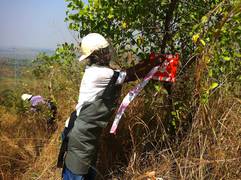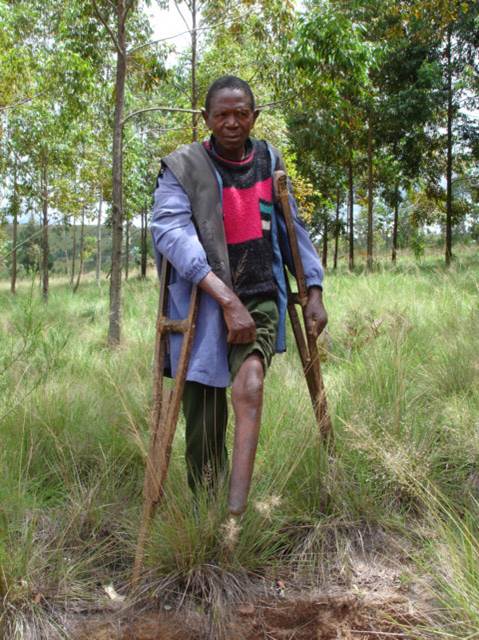|
Burundi ratified the Convention on 22 October 2003, and the Convention entered into force for Burundi on 1 April 2004. Stockpile Destruction (Article 4)In its initial transparency report submitted on 9 August 2005, Burundi reported stockpiled anti-personnel mines under its ownership or possession. In its transparency report submitted on 1 July 2008, Burundi reported that it had completed the destruction of all stockpiled anti-personnel mines. In total, Burundi reported having destroyed 664 mines. Retained Mines (Article 3)Notwithstanding the obligation to destroy all stockpiled anti-personnel mines, the Convention permits the retention of the minimum number of anti-personnel mines absolutely necessary for the development of and training in mine detection, mine clearance, or mine destruction techniques. As of 2017, Burundi reported having retained four (4) anti-personnel mines for these permitted purposes. Mine Clearance (Article 5)In its initial transparency report, Burundi reported areas under its jurisdiction or control in which anti-personnel mines are known or suspected to be emplaced. In accordance with Article 5 of the Convention, Burundi undertook to destroy or ensure the destruction of all anti-personnel mines in these areas as soon as possible but not later than 1 April 2014. At the 2014 Intersessional Meetings Burundi declared it had fulfilled its mine clearance obligation. Victim AssistanceBurundi is one of 30 States Parties that have indicated having significant numbers – hundreds or thousands – of landmine survivors. Burundi is also a State Party to the Convention on the Rights of Persons with Disabilities. |
|





